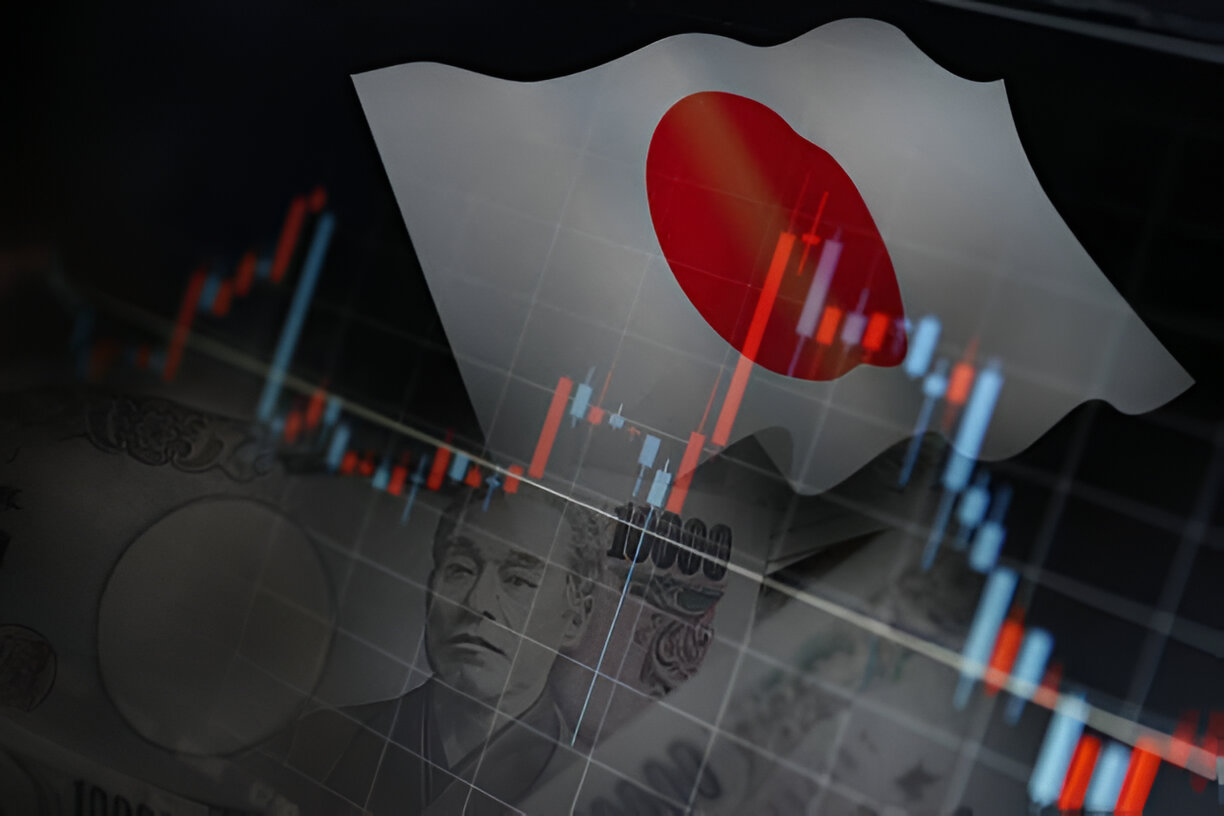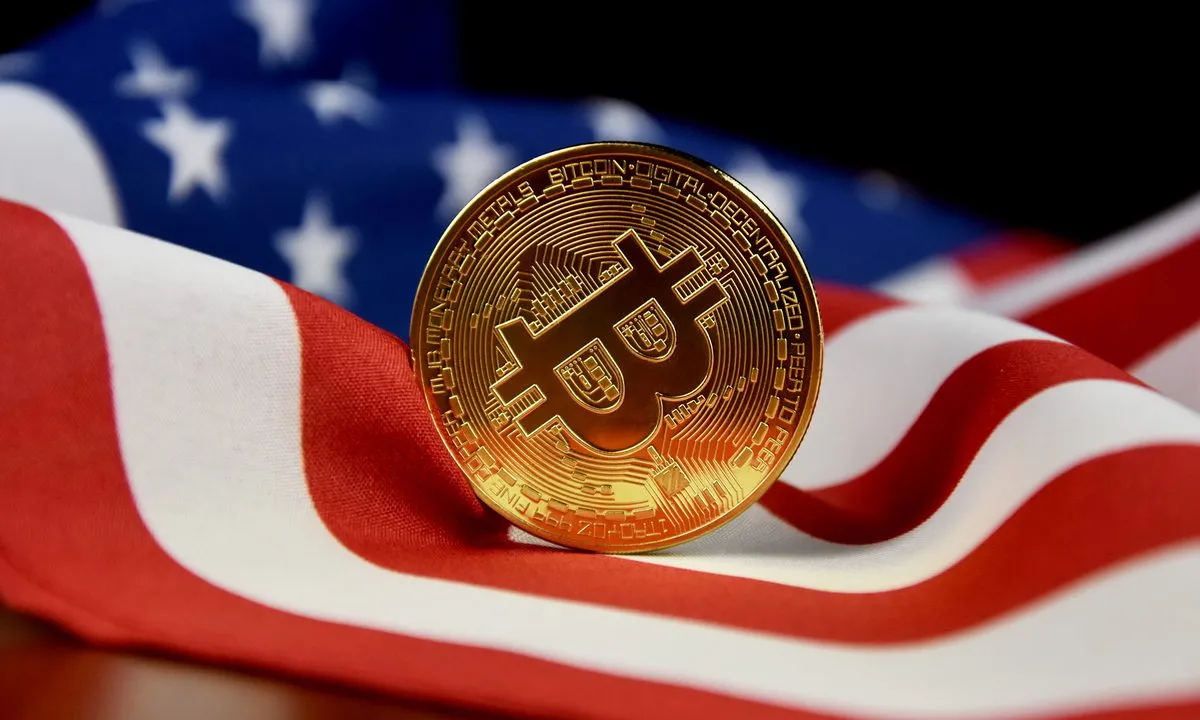Today, @The Osbrah shares his expectations regarding the JPY and, obviously, the potential impact on its trading pairs such as USDJPY. The idea is to anticipate the potential next big move that could lead to massive profits.
🔎 Remember that all those informations are or have been shared and can be discussed live with us, and our community, which you can join here: https://whop.com/marketplace/cryptorisegroup/
Japan Economy Outlook
As we discuss about the intricacies of Japan’s economic landscape, it’s crucial to understand the foundation laid by its monetary policy, economic stimulus measures, and the current state of inflation.
The Bank of Japan (BoJ) continues to uphold an ultra-accommodative monetary policy, signaling a cautious yet pivotal stance towards economic recovery and stability. This approach, characterized by negative interest rates and a strategic yield curve control, is designed to foster conducive financial conditions amidst global uncertainties.

Simultaneously, the Japanese government has rolled out significant fiscal packages, including a noteworthy 17 trillion yen initiative aimed at cushioning the economy against inflationary pressures through temporary tax cuts and fuel subsidies. This concerted effort underscores a robust strategy to bolster consumer purchasing power and stimulate economic activity in the face of lingering challenges.

Inflation, however, presents a nuanced picture. Persistently hovering above the BoJ’s 2% target, the current inflation rate exemplifies the delicate balancing act required to navigate through economic recovery phases. With headline inflation slightly below 3% (2.6% vs 3.3% in December 2023), the BoJ’s stance on monetary policy adjustment remains a focal point of speculation and analysis.

The bank’s emphasis on the need for wage growth to sustainably anchor inflation within the target range highlights a forward-looking approach to ensuring economic resilience and growth.

To add a bit more to the context, and to help you understanding the current state of its economy, we can also talk about the Japanese Trading Balance as it gives clear indications about potential monetary policy shift and an idea of the timing.
Japan indeed recorded a trade deficit of 1758.31 JPY Billion in January of 2024. Balance of Trade in Japan averaged 282.78 JPY Billion from 1963 until 2024, reaching an all time high of 1608.68 JPY Billion in September of 2007 and a record low of -3506.43 JPY Billion in January of 2023.

JPY Outlook & Market Impact

The current monetary policy of the Bank of Japan and its potential implications on the forex pairs, like the USD/JPY currency pair, popular among traders, along with the consequences of a policy shift by the United States Federal Reserve and an interest rate hike by the BoJ, provide a complex backdrop for assessing future financial market dynamics and exchange rates.

BoJ & FED: comparison

Unlike the BoJ, the Fed has raised its rates to combat inflation, creating an interest rate differential between the United States and Japan. This gap has contributed to the depreciation of the yen against the dollar, influencing the USD/JPY pair. The divergent monetary policy between the two central banks highlights the regional differences in responding to inflation and economic challenges.

Consequences of Monetary Policy Shifts

FED Pivot
A reversal in monetary policy, with the BoJ raising rates and the Fed lowering them, could reverse the current trend, appreciating the yen against the dollar. These changes could also impact stock and bond markets, with capital reallocations based on expected returns and borrowing costs.
Global Economy & Inflation
Higher rates in Japan could slow economic growth by increasing borrowing costs, while a more accommodative policy in the United States could boost demand and growth. Here, we are in total opposite models, and hence total opposite consequences if a shift happens. Indeed, higher rates in Japan would help control inflation and will strenghten the JPY, while in the United States, a reduction in rates could result in weakening the USD (DXY index), but also in a longer term, increase inflationary pressure.
🗻 Conclusion and Prediction

The combined monetary policies of the BoJ and the Fed significantly influence the USD/JPY pair and the global economy on a larger scale. A Fed pivot towards a more accommodative policy, combined with a BoJ rate hike, could reverse current trends, strengthening the yen against the dollar and affecting global financial markets. Investors should closely monitor these developments, as they could signal significant shifts in trading and investment strategies.
Basically, it means buying or owning more Yen than USD in order to capitalize on those changes.

Investors, analysts, and traders must remain vigilant to these dynamics to navigate effectively through the market.
That’s why, despite the goal to catch a potential amazing opportunity in my opinion, none of the above should be considered financial advice, as the sole purpose of this analysis is to share my very own prediction, based on my own analysis and my own work and research.
Thanks for reading !





